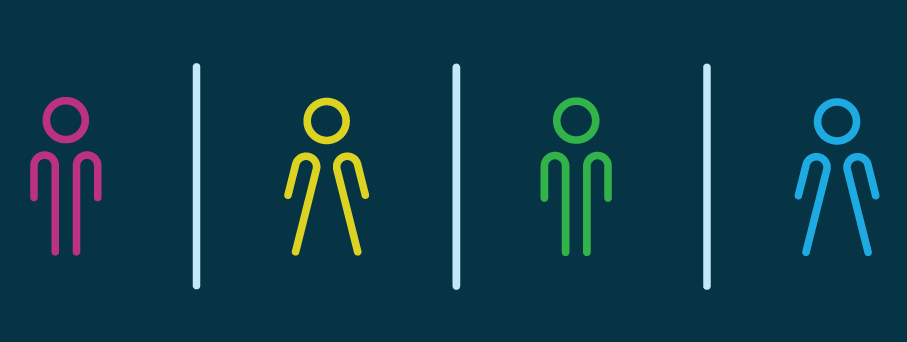Client relationships are important in any business. The way you treat people and the way they respond to your interactions, can make or break a company. There’s a balance to be struck between the professional advice and services you provide, and following the client’s instructions.
I was inspired to rethink client interactions, after attending an AAF Indianapolisevent. The lovely Amy and Jen Hood, from Hoodzpah Design Co., were the guest speakers, and they shared some of their refreshingly down-to-earth tips for dealing with clients. I took the things I learned at this event, and my own experiences with some of my favorite clients and came up with a few tips to help build stronger, more effective client relationships in any creative business.
Put yourself in their shoes.
Jen and Amy stressed this quite a bit, and it makes a lot of sense. Clients are people, and they have individual needs. Sometimes it almost seems the client and the professional are on opposite sides, playing a sort of tug-of-war, but it’s important for both sides to be on the same team. There’s a big difference between giving your professional advice and being condescending, so try to use common terms and loop them into the project as much as possible.
In small businesses especially, the clients often have fears and reservations about design projects. Making an effort to truly understand these feelings can go a long way in terms of really “getting” the client and helping them achieve their brand goals. It’s easy as a designer to think of a project as “just another logo design” or “your typical web design project,” because you’ve done this hundreds of times, but for your client, it’s a really big deal. If you treat their needs with care and respect, they will be more comfortable and willing to trust your advice. We’re all moving towards the same end goal, so working together is crucial, and no one enjoys a power struggle.
Spend extra time in the beginning.
Listen, we’re all busy. I get that. But you really have two options when it comes to a creative project. You can either spend some extra time in the beginning to get to know your client and their business, or you can start the project sooner and risk going in the wrong direction due to miscommunication. Everyone in a creative field has had one of those projects which seemed to be all over the place. Both sides are frustrated, several revisions have taken place, and still no one is happy with the results. The best way to keep from getting to this place is to do more planning up front.
Don’t just ask the client a couple questions about their business and assume you understand their needs. It’s our job as designers, writers, etc. to help clients stand out and be successful in their industry, so it only makes sense for us to take the time and thoroughly understand them so we can present their business in the best possible way. Once everyone is in agreement about the overall direction of the project, a specific end result can be established which will keep the project on track.
Get personal.
Once you understand who your client is, and where they would like to see their business, you’ll be able to figure out the best way to get there. We already established each client is different, so there’s no one set way to handle their projects. Some clients prefer email, while others like to call or meet in person. Learning the communication style of your clients and adapting is much easier than trying to get everyone to behave the way you’d like them to.
I like to go a step beyond that and try to connect with people I’m working with on somewhat of a personal level too. It may seem strange at first, but having more personal conversations, taking your client out for a lunch meeting, or even bonding over a similar interest can make the entire process more pleasant. People tend to be more trusting and understanding when they feel comfortable working together, so it ends up being beneficial for both the client and the designer. The Hoodzpah presentation included many stories, but one of my favorites was about a client who was somewhat troublesome until Amy and Jen discovered a shared interest in the show Parks and Rec. I’m not exactly sure what it is, but something about sharing a TV show makes people instantly like each other more.
The most important thing to keep in mind when providing creative services, is each project, business and client is unique. Treating them as such will go a long way, and produce better end results. Clients will come back and use your services again as much for the experience as for your creative abilities.
